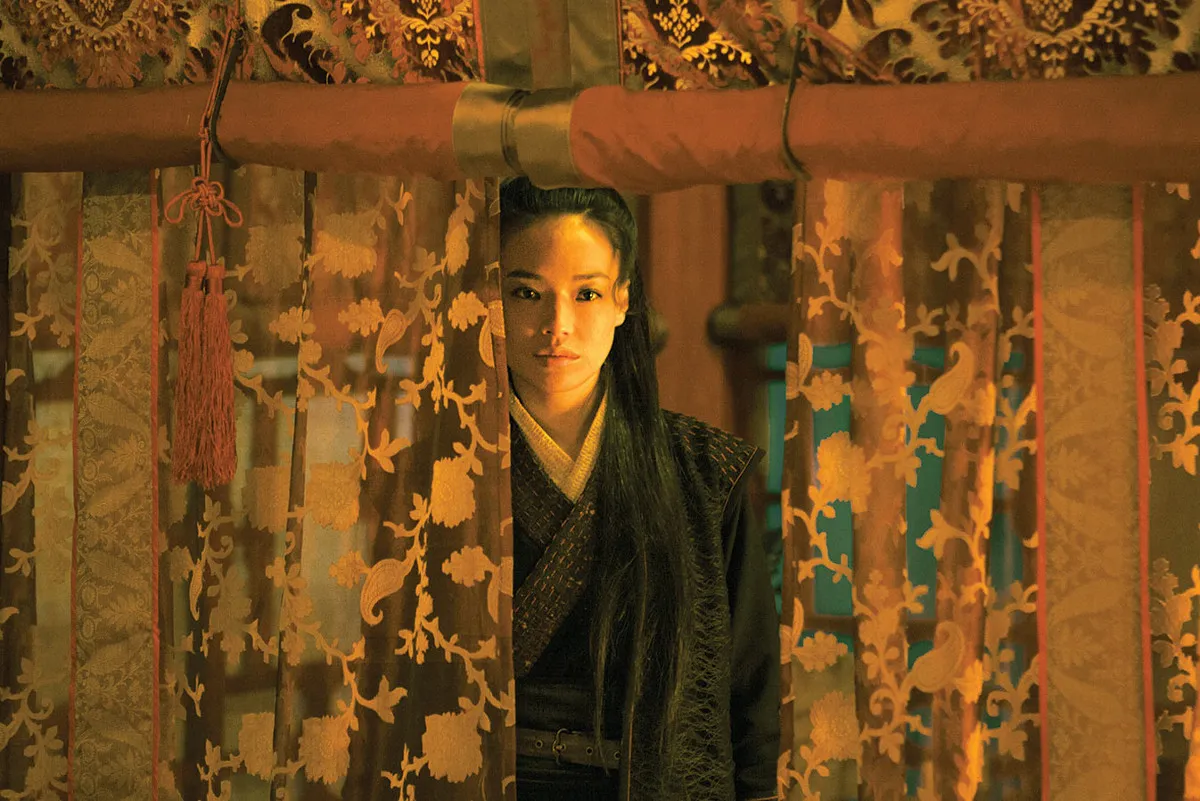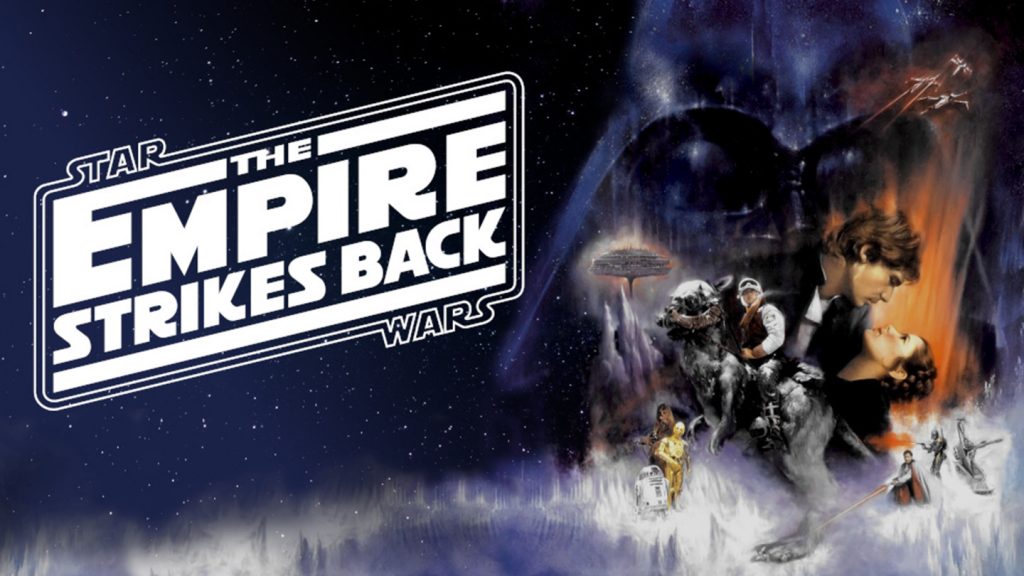molecular-designs.com – “The Assassin” (2015) is a critically acclaimed wuxia film directed by Hou Hsiao-Hsien. It stars Shu Qi, Chang Chen, and Zhou Yun. The film is renowned for its exquisite cinematography, minimalist storytelling, and unique approach to the martial arts genre, distinguishing itself as a masterpiece of cinematic art.
Plot Overview
Set during the Tang Dynasty in 9th-century China, “The Assassin” follows the story of Nie Yinniang (Shu Qi), a highly skilled assassin who is tasked with killing a powerful military governor, Tian Ji’an (Chang Chen), who also happens to be her cousin and former betrothed. The film explores Yinniang’s internal conflict as she grapples with her duty as an assassin and her personal emotions.
Themes and Symbolism
“The Assassin” delves into themes of loyalty, duty, and personal morality. The film contrasts the serenity of nature with the chaos of human conflict, using long takes and natural lighting to emphasize the tranquility and beauty of its settings. The narrative is sparse and contemplative, allowing viewers to immerse themselves in the emotional and ethical dilemmas faced by the protagonist.
Visual Style
The film is celebrated for its breathtaking cinematography by Mark Lee Ping-Bin. Each frame is meticulously composed, utilizing natural landscapes and traditional Chinese architecture to create a visually stunning experience. The use of long shots and restrained camera movement emphasizes the film’s meditative quality, inviting audiences to reflect on the unfolding events.
Impact and Reception
“The Assassin” received widespread acclaim at its premiere at the Cannes Film Festival, where Hou Hsiao-Hsien won the Best Director award. Critics praised the film for its artistic direction and departure from conventional wuxia tropes. While its slow pace and minimal dialogue may challenge some viewers, it has been lauded as a profound and immersive cinematic experience.
Conclusion
“The Assassin” stands out as a unique interpretation of the wuxia genre, offering a poetic and introspective look at the life of an assassin. Its emphasis on visual storytelling and emotional depth makes it a significant contribution to world cinema, continuing to captivate audiences with its elegance and artistry.

